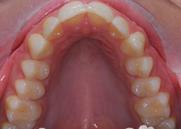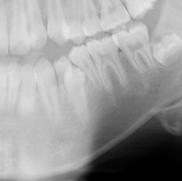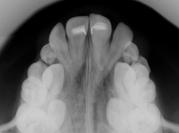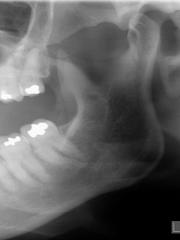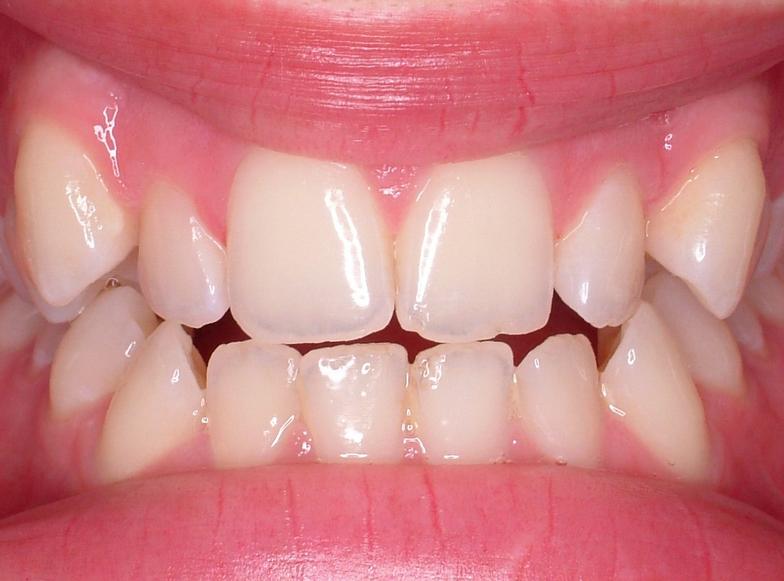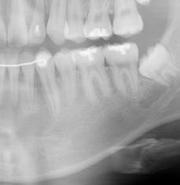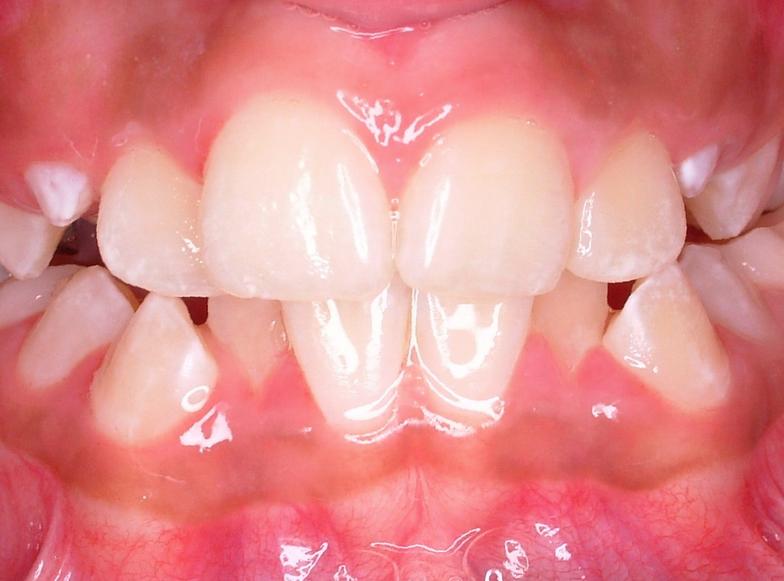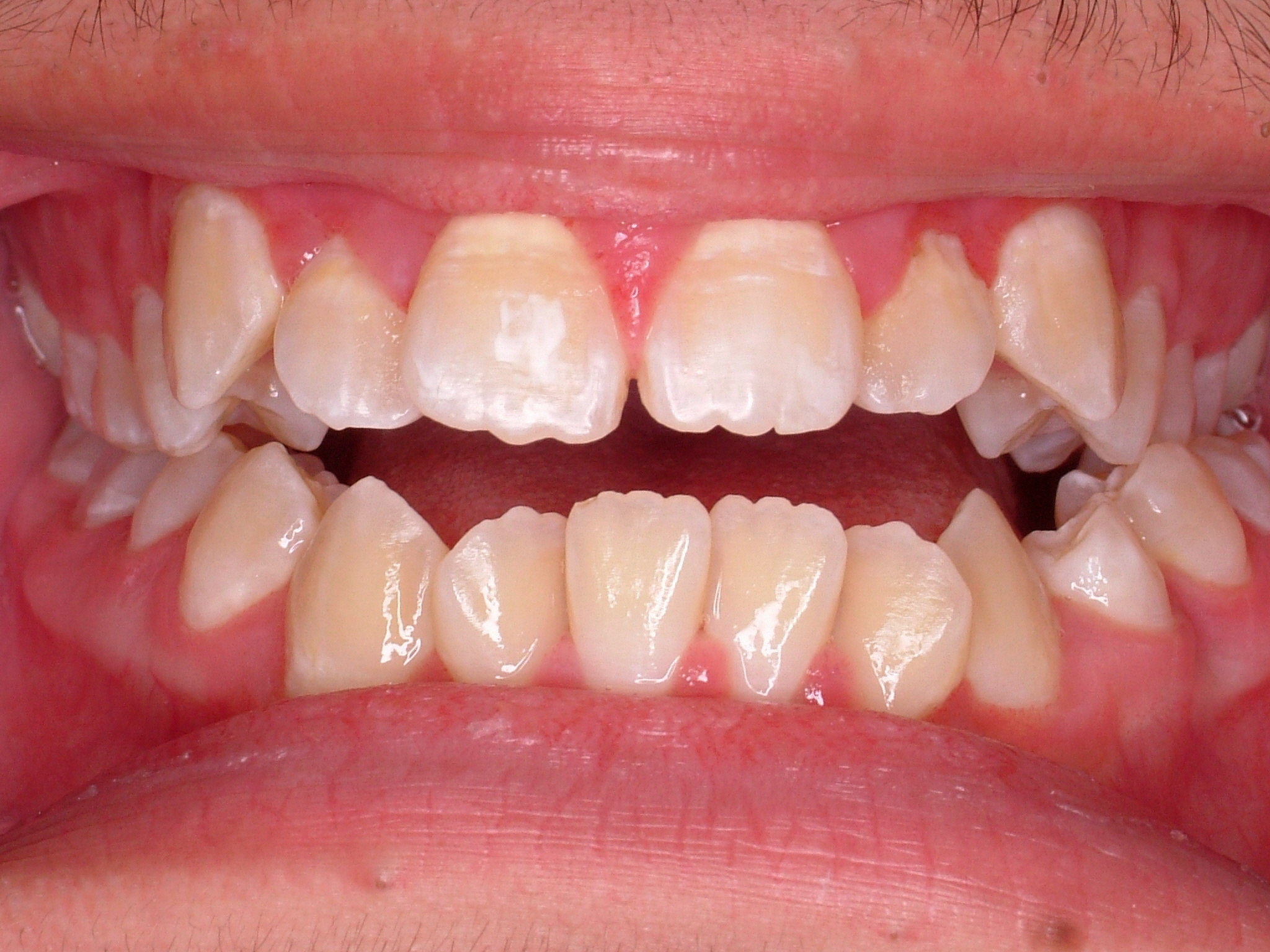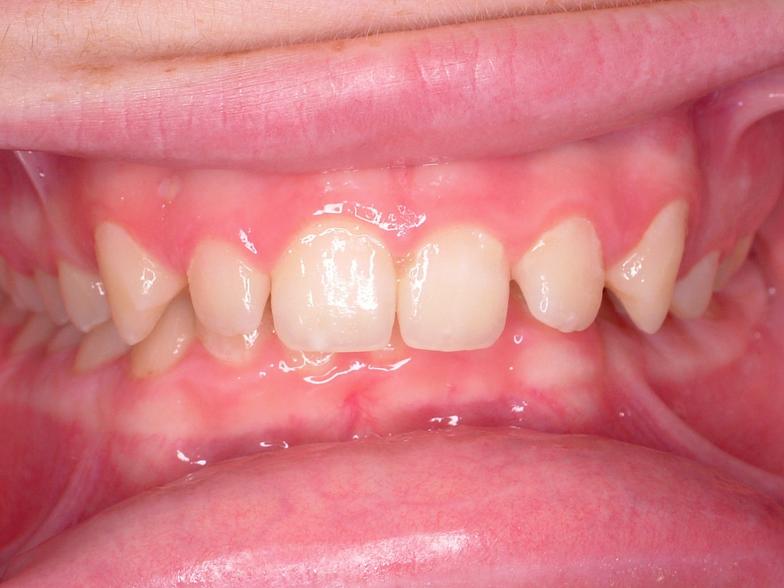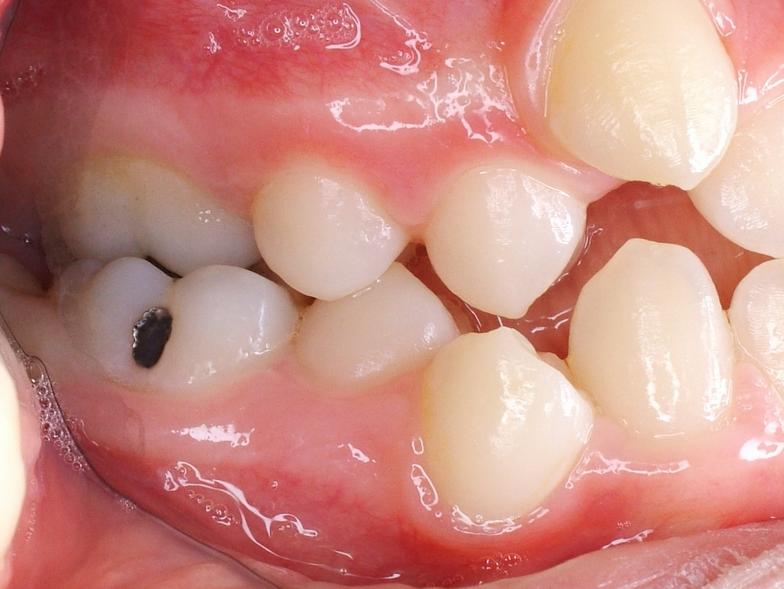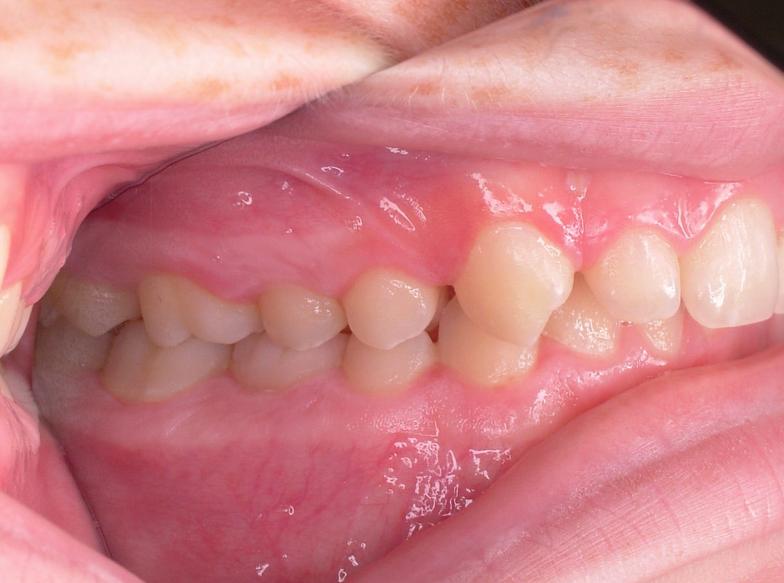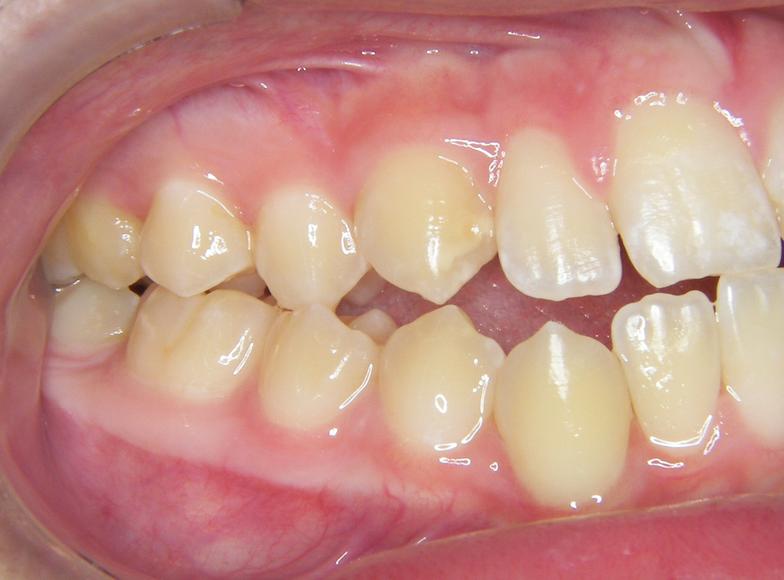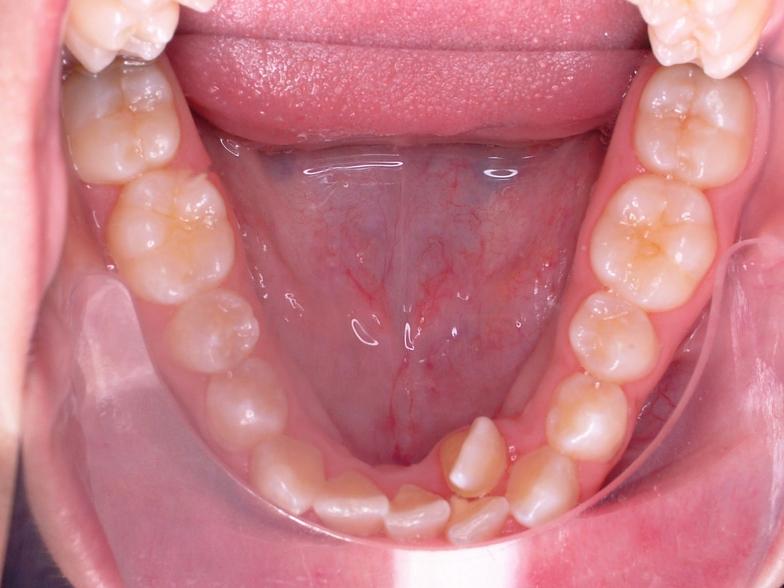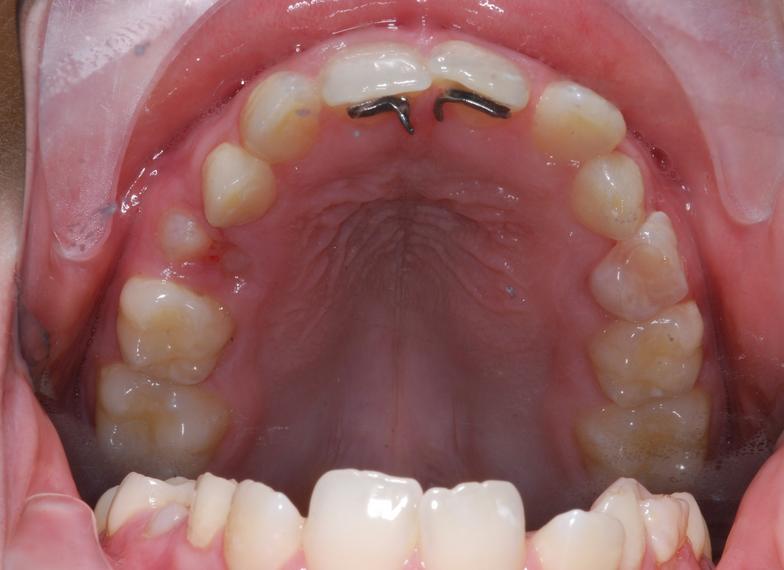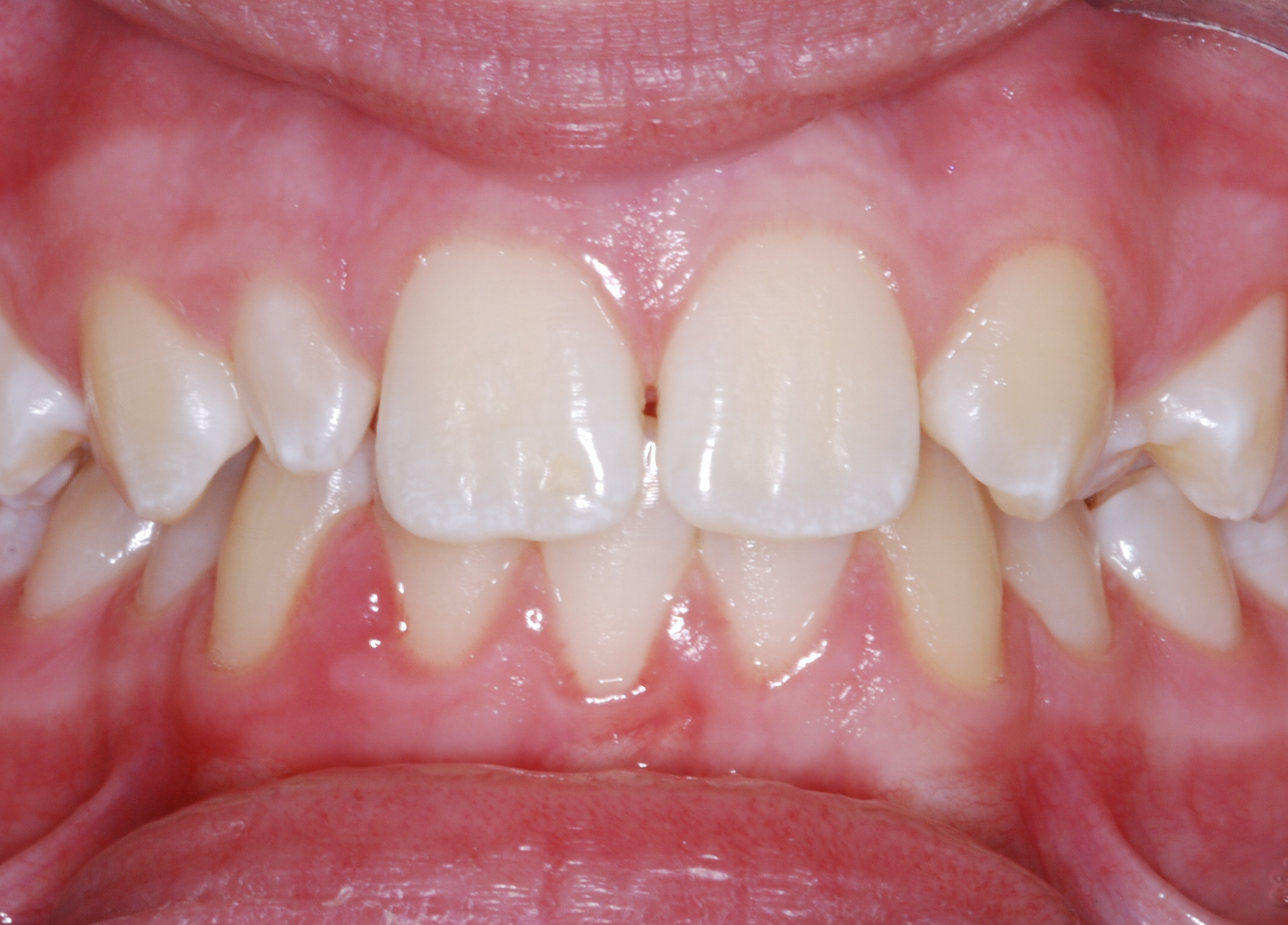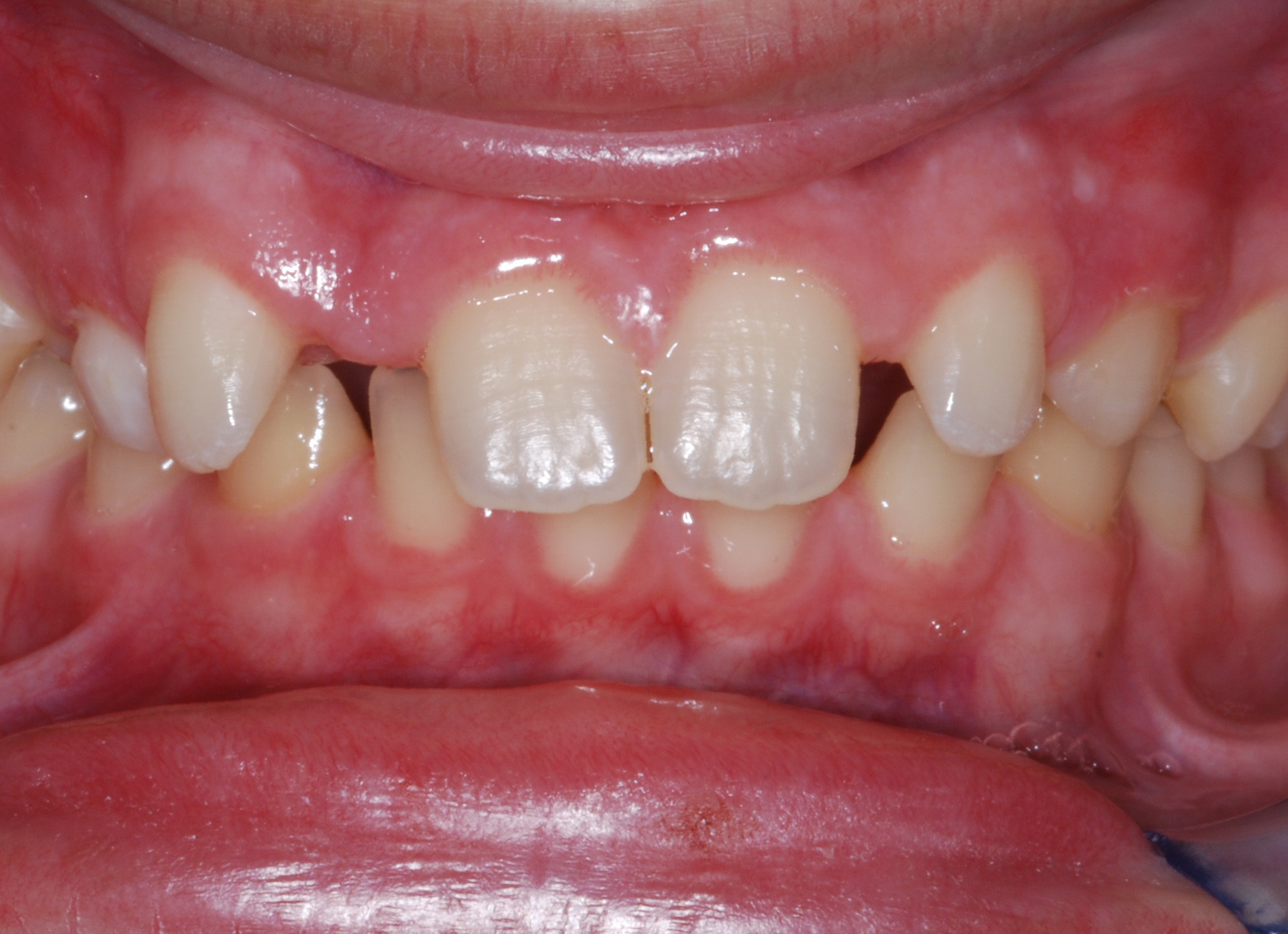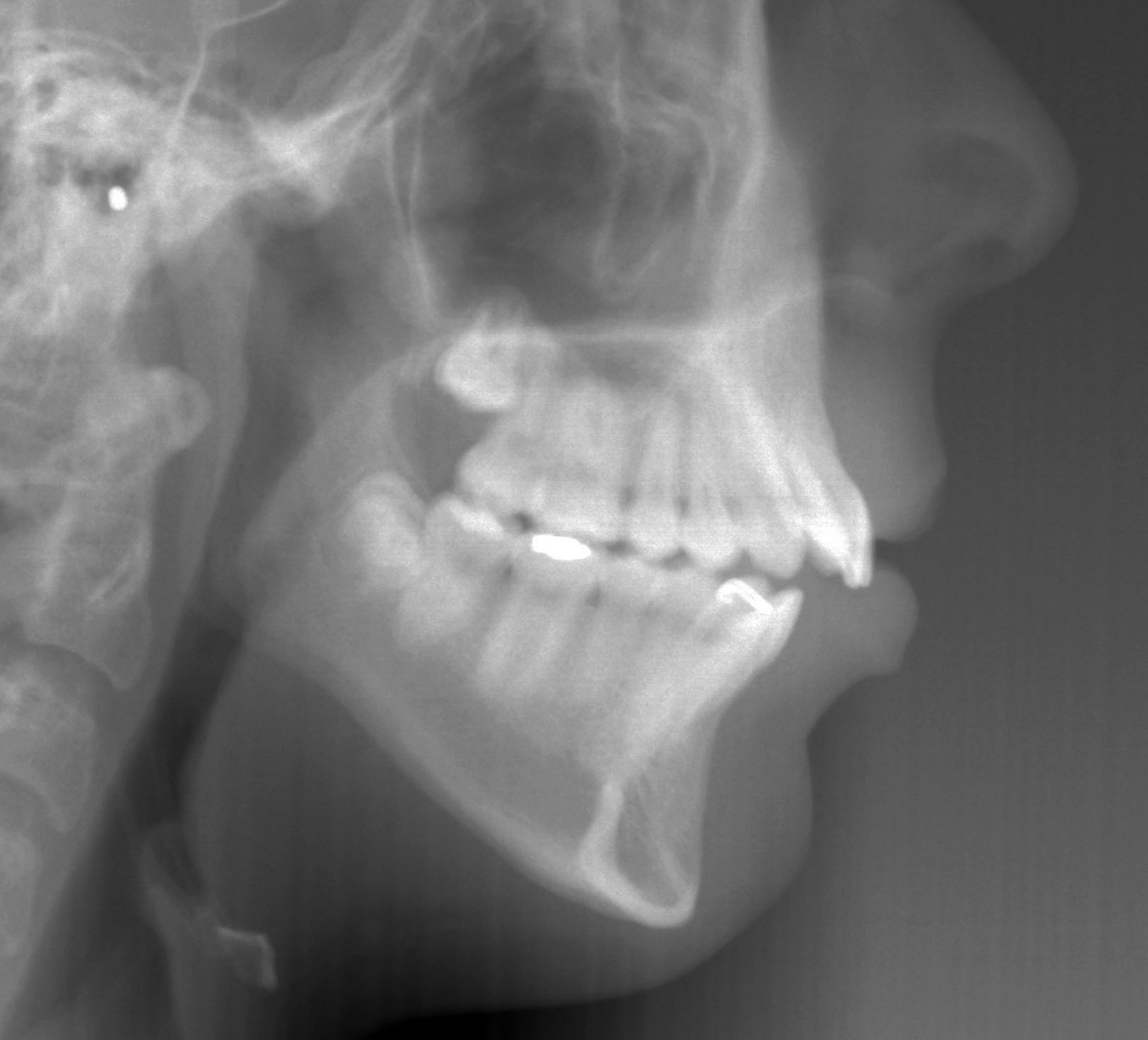Stratemann & Stratemann Orthodontics
830.625.4617
Dental Crowding
Dental crowding occurs when there is not sufficient space for the teeth within the jaws. Treatment of mild crowding may require coordination of the dental arches. Treatment of more severe crowding may require the reshaping or removal of some teeth.
Orthodontic treatment is capable of correction of a wide range of problems. Simpler cases may require just conventional braces or clear aligners. More complex cases may require working with your family dentist or other dental specialists in addition to orthodontics to address other conditions outside the realm of tooth movement alone.
Occlusal Problems
Problems in the bite or the way the teeth fit together are commonly addressed in orthodontic treatment. Such occlusal or bite problems can be accompanied by skeletal disharmonies, maxillary constriction, dental crowding, and temporomandibular joint disease.
Maxillary Constriction
In some individuals, the upper jaw, or maxilla, is too narrow. This jaw may need to be widened using a special device to allow a coordinated fit of the upper and lower jaws. In adults, widening of the upper jaw typically requires surgical intervention.
A wide variety of dental conditions can be managed successfully with orthodontic treatment
Case Types
Impacted Teeth
Sometimes teeth fail to erupt on their own. This condition can result from a blockage of the eruption path by a baby tooth, soft tissue, or bone. Impacted teeth often require surgical intervention to create a path to bring the tooth into the dental arch.
Skeletal Disharmonies
Missing Teeth
Genetic conditions and disturbances, as well as dental disease and dental trauma, can result in missing teeth. Missing teeth may be addressed by preparation of restorative space so that a dental restoration, such as a dental implant or a fixed bridge, may be inserted as a replacement. Alternatively, the space can sometimes be closed. The orthodontist and restorative dentist can work together to help to decide which alternative is best in each individual’s situation.
In some cases, the upper and lower jaws are mismatched in size or position. In non-growing individuals, such conditions may need to be addressed with surgical movements of one or both jaws to bring the teeth and facial skeleton into harmony for proper function and esthetics.
Ectopic Teeth
Supernumerary Teeth
Anomalous Dental Form
Temporomandibular Joint Disorders
Genetic and developmental conditions can occasionally result in the presence of more than the usual number of teeth being present in the dental arch. These “extra” or supernumerary teeth will typically need to be removed by a dentist or oral surgeon.
Some teeth fail to erupt into the typical position. Such ectopic teeth may require special mechanics to bring them into the dental arch.
Sometimes teeth do not develop in the typical shape or form. Teeth that are smaller than usual may require preparation of a more ideal amount of space around them. A temporary tooth-colored restoration may be placed until a more permanent restoration can be placed by the family dentist. Teeth that are larger than usual may need to be reduced in size so that the adjacent teeth can fit together appropriately.
The joint that allows movement of the lower jaw, or mandible, is called the temporomandibular joint (TMJ). If the TMJ has had a history of trauma or arthritis, this joint may become uncomfortable, and dental function may become compromised. Orthodontic treatment may stabilize the bite relationships in these cases and be part of a plan to reduce TMJ discomfort. An oral surgeon or TMJ specialist may need to work with the orthodontist to manage such conditions.
Open bite is a condition in which there is not enough vertical overlap of the upper front teeth over the lower front teeth. This pattern may be associated with an anterior tongue posture, or "tongue thrust," and problems with the temporomandibular joint.
Deep bite is a condition in which there is too much vertical overlap of the upper front teeth over the lower front teeth. In some patients, the bite is so deep that the lower teeth touch the gum tissues behind the upper front teeth instead of touching the upper teeth themselves.
Crossbites involve situations in which an upper tooth is either too far to the tongue side (lingual crossbite) or too far to the cheek side (buccal crossbite).
In Class II problems, the upper teeth are too far ahead of the lower teeth. The upper teeth may protrude excessively, resulting in a “buck tooth” appearance.
In Class III problems, the lower teeth are too far ahead of the upper teeth. The lower teeth may come in front of the upper teeth, giving an “under bite” appearance.
